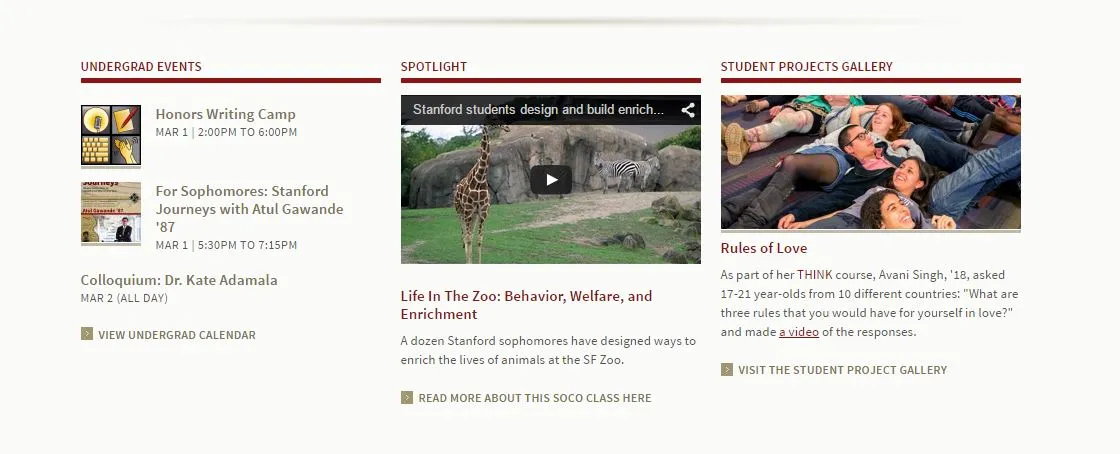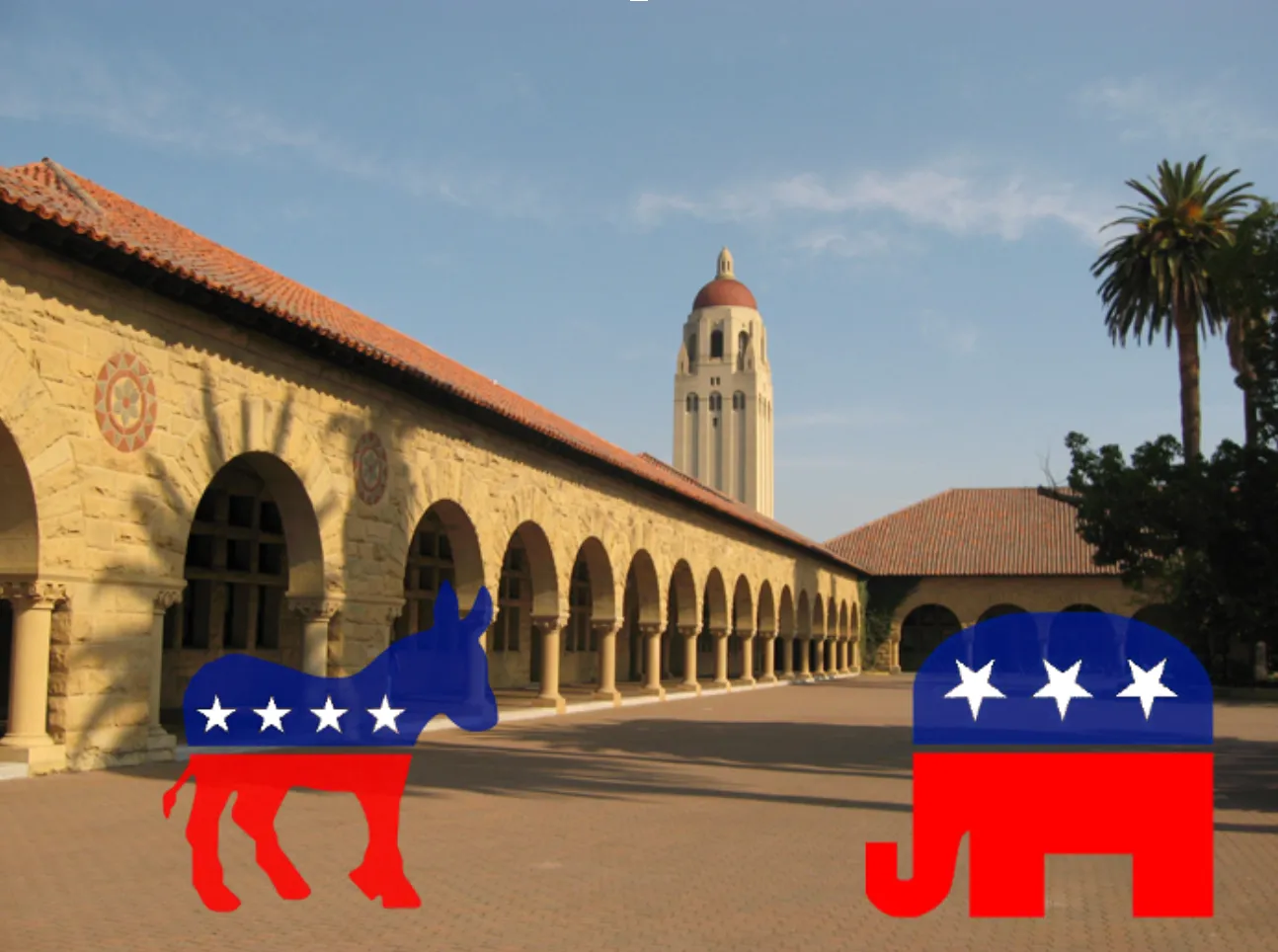Table of Contents
That’s not the goal of IHUM. There I was, taking a class that I otherwise wouldn’t have taken, but not leaving with a noticeably different mindset. And I was a comparative success case: I went to class and enjoyed section, something that probably can’t be said of 80 percent of freshmen. This is very different from what I’ve heard about the SLE program, which is apparently far more successful at provoking new thoughts. Of course, the SLE program is much more intensive, but it’s also very focused. Every SLE freshman shares a very similar experience, with the same SLE courses and programs, providing a real core to their learning. So what’s to be done about IHUM?
I can offer two very different prescriptions for the Study of Undergraduate Education at Stanford (SUES) as it evaluates the program. One is to go in the direction of SLE: offer a single course to all non-SLE freshmen. It wouldn’t have to be the Western Civilization “dead white men” model of the mid 20th century. It could offer a quarter of Western thought, a quarter of Eastern thought, and another of African thought or another diverse model. The important aspects would be that it would provide an experience common to all freshmen and that it would force students to engage with unfamiliar ideas. This would leave issues such as uninterested students, but the gains would outweigh any increases in problems.
The other direction comes courtesy of a SUES listening session. This approach argues for scrapping IHUM altogether and instead instituting new requirements that students take at least three classes from a pre-approved list of existing philosophy/history/literature/culture courses during their freshman year. Here, students would be offered much more breadth than exists under the IHUM model and would be taking more in depth courses. Students in their sections would be a mix of students who chose a certain class as part of the IHUM replacement program and students who wanted to take the class, providing a more interested atmosphere. Obviously, this approach would eliminate any real semblance of the “core freshman experience,” but since the current “shared experience” seems to be one of mutual hatred and occasional cracks about “IHUM kids,” this approach, too, could have dividends.
I’m sure that SUES has thought a lot about this and I’m optimistic that an interesting new model will emerge, but the risk is very real that disagreements over IHUM’s replacement will be papered over by creating another “compromise” model. That would be a shame; hopefully, SUES can have the force of mind to take a new direction. A willingness to experiment with extremes would pay dividends in this situation.







